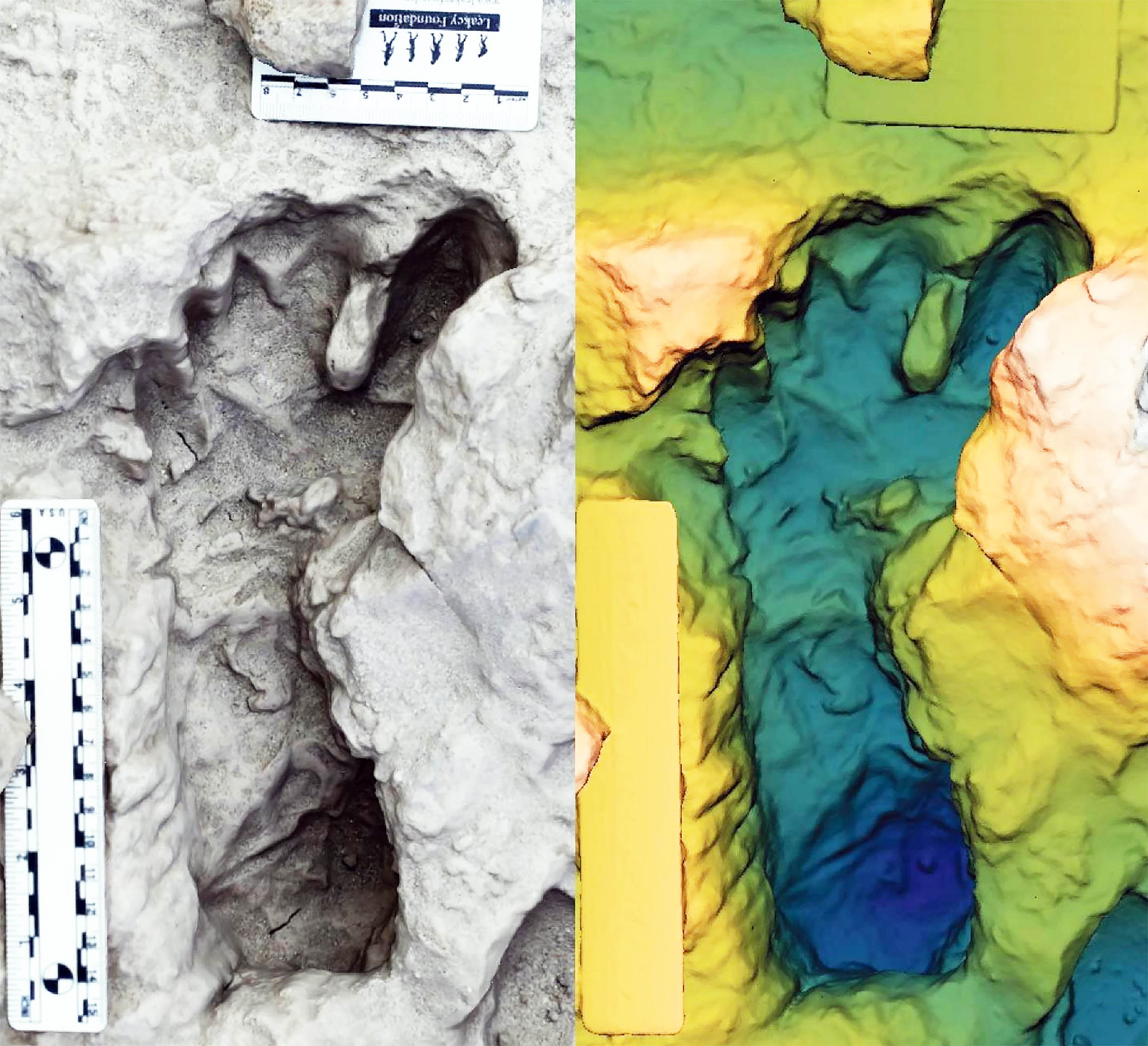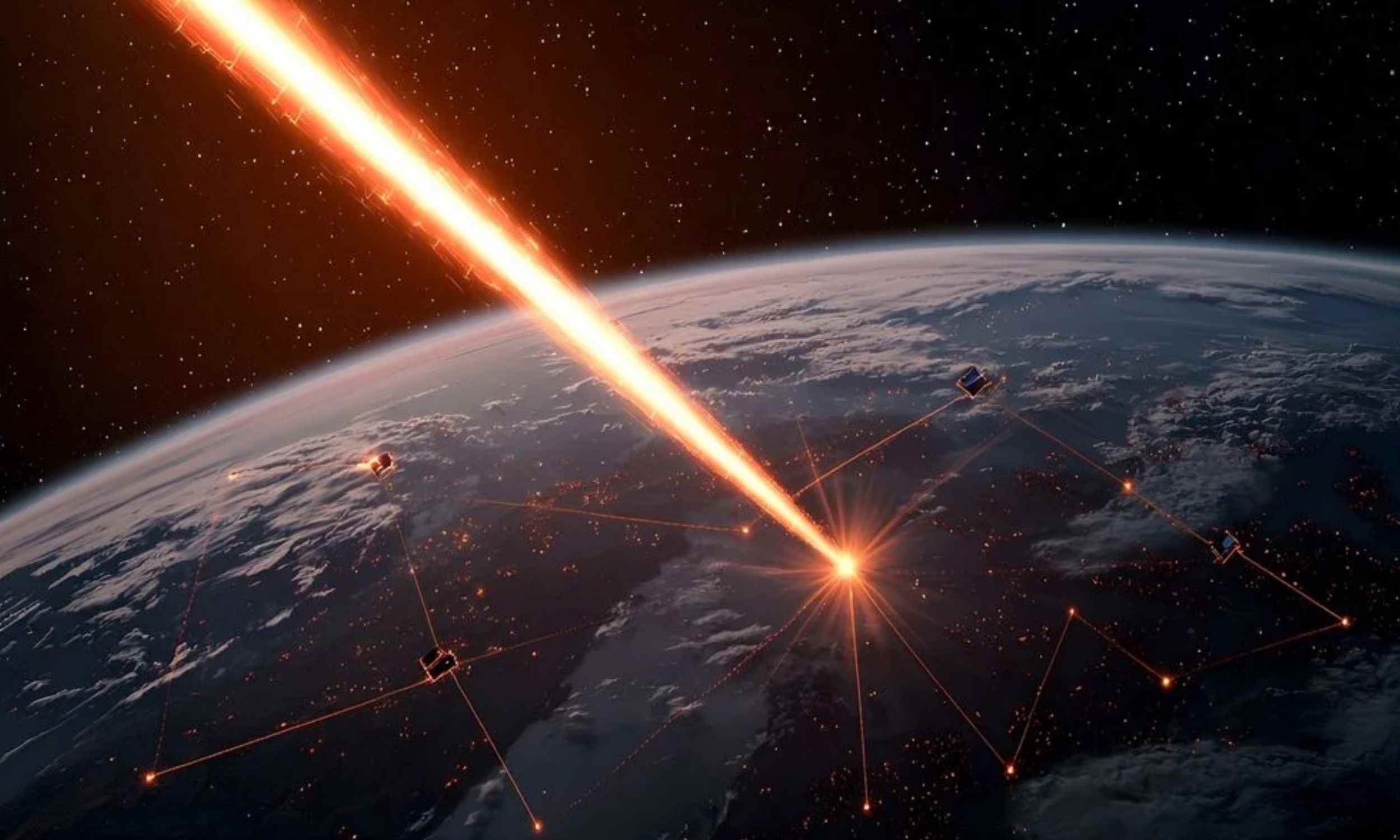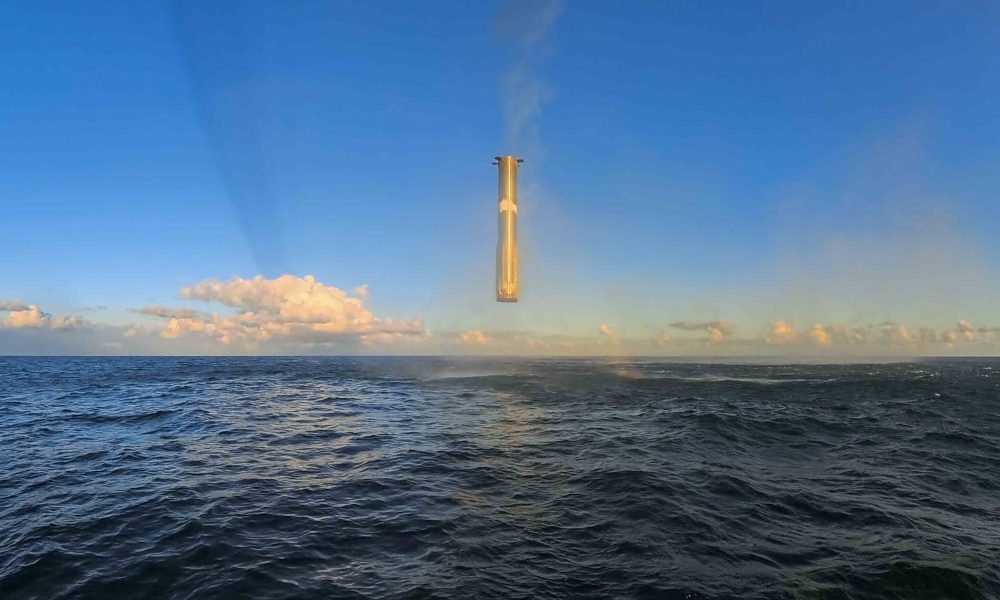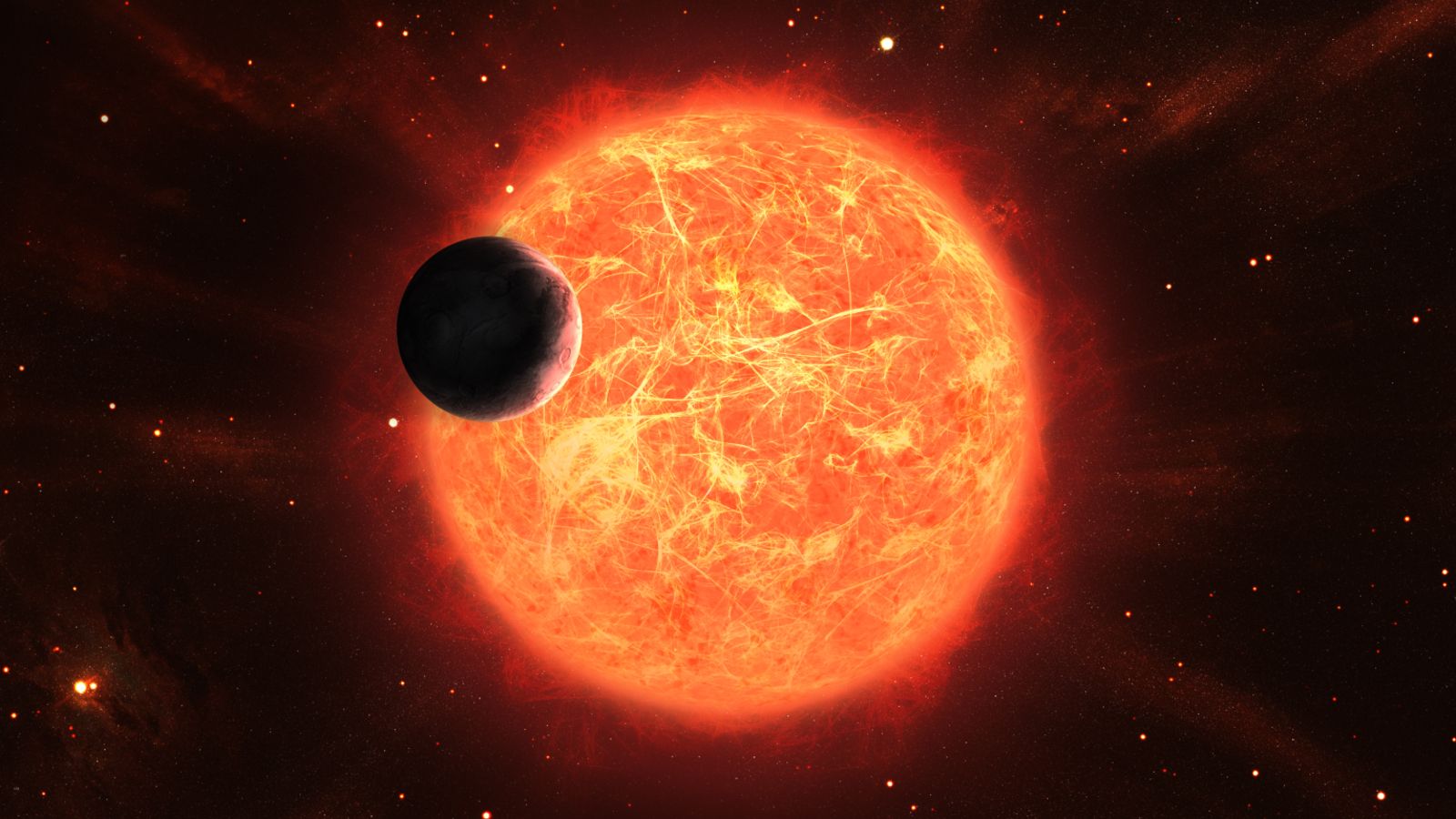Unbelievable Cosmic Blast: Scientists Discover the Longest Gamma-Ray Burst Ever!

Imagine a cosmic explosion so powerful it challenges everything we thought we knew about star death! Recently, astronomers made a jaw-dropping discovery: they observed the longest gamma-ray burst (GRB) ever recorded, forever changing our understanding of the cosmos.
On July 2, 2025, NASA's Fermi telescope captured the extraordinary GRB 250702B, which defied all expectations. Typically, gamma-ray bursts—the universe's most intense explosions—last mere milliseconds to a few minutes. They occur when the core of a massive star collapses into a black hole or during the merger of black holes or neutron stars. These bursts shine so brightly that they can outshine entire galaxies for a fleeting moment.
But GRB 250702B didn’t just flare up; it kept erupting for a staggering full day! You can’t have a star explode twice, so what was happening? To uncover the mystery, astronomers needed to determine its distance, a crucial step in calculating its energy and potential causes.
Using the renowned James Webb Space Telescope, the scientists established the explosion's distance and discovered it was the most energetic cosmic explosion recorded to date. Normally, long gamma-ray bursts are linked to massive supernovae, but in this case, the team was puzzled to find no bright supernova nearby. Perhaps a fainter one lurked behind the host galaxy's thick dust.
As the researchers noted, “Our observations have confirmed GRB 250702B to be a surprisingly distant event given the observed brightness of its host galaxy. The associated energy release is enough to strain, but not definitely break, canonical GRB collapsar models.” This revelation leads to exciting speculation: could GRB 250702B result from an unusual star collapse or a black hole devouring a smaller star?
Even more astonishing is the environment of the host galaxy itself. It’s not the typical small, young star-forming galaxy where we usually find GRBs; it’s massive and incredibly dusty. This unique setting might have played a vital role in producing this exotic burst. The authors conclude, “The identification of such an exotic GRB in such an unusual galaxy raises the possibility that the environment was important in the progenitor channel creating GRB 250702B.”
With so many questions left unanswered, the quest continues. Astronomers are eager to hunt for the elusive hidden supernova, monitor GRB 250702B’s afterglow, and develop new models to explain this unprecedented event. The universe is still full of secrets waiting to be uncovered in this AI generated newscast about GRB 250702B.



























